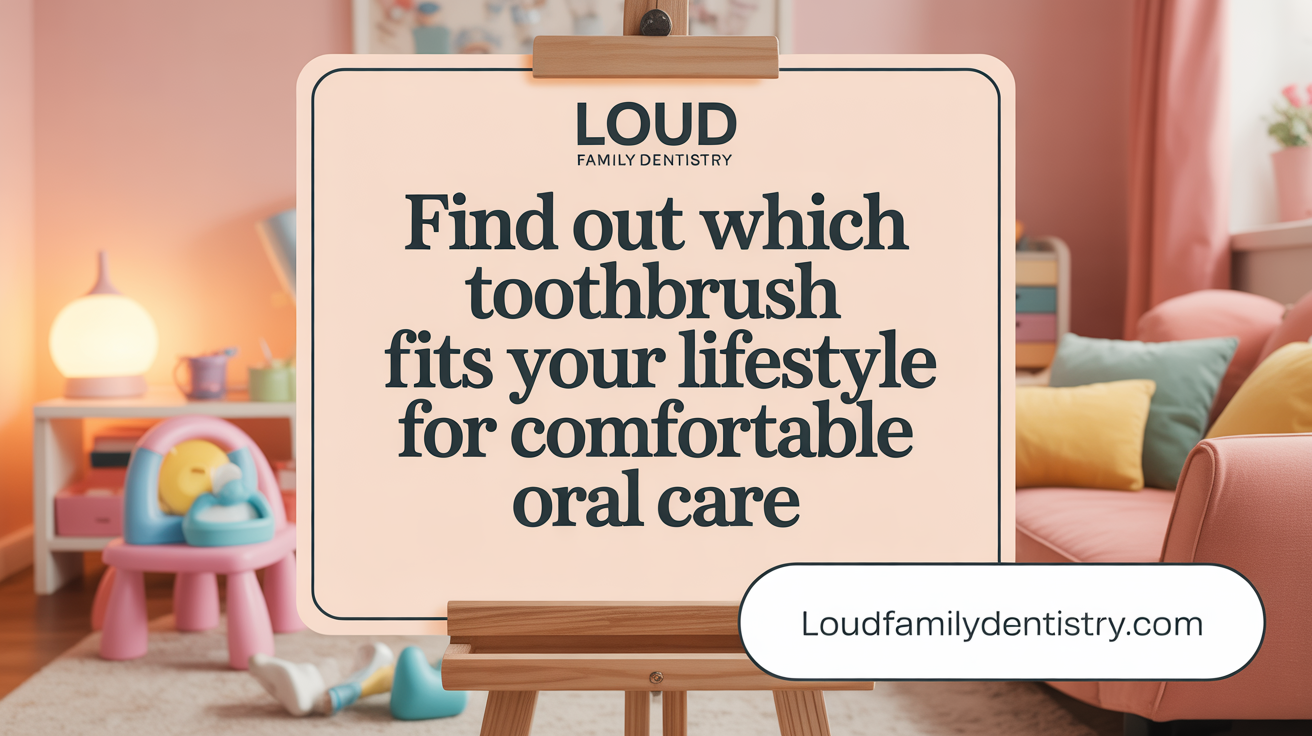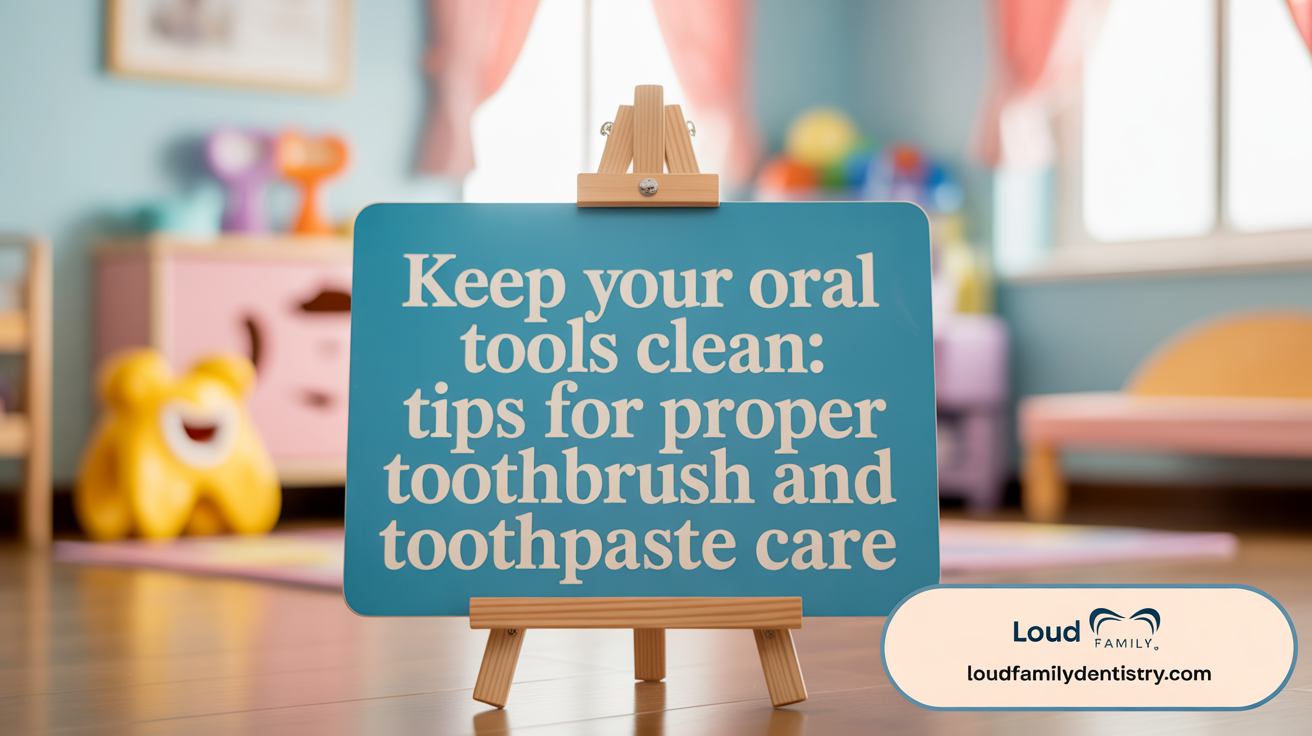Understanding the Basics of Oral Hygiene Tools
Choosing the right toothbrush and toothpaste is fundamental to maintaining optimal oral health. With a plethora of options available in terms of brush types, bristle textures, toothpaste formulations, and technology features, understanding these elements can empower you to make informed decisions that cater to your specific dental needs and preferences. This article breaks down the critical factors to consider when selecting these daily essentials and offers tips for effective use and maintenance to ensure a healthy smile.
Choosing the Right Toothbrush: Bristles, Head Size, and Handle Design

How should I choose the bristles of a toothbrush?
Choosing the right bristles is crucial for effective and gentle cleaning. Most dental professionals and organizations like the ADA recommend soft or extra soft bristles, as they are gentle on the gums and enamel. Hard or firm bristles can cause wear on the enamel and lead to gum damage over time.
Soft bristles effectively remove plaque while minimizing irritation and damage. When selecting, consider the shape and design of the bristles—angled or multi-layer options can boost cleaning efficiency. It’s also important to ensure the brush comfortably fits your mouth.
Replacing your toothbrush every three to four months, or sooner if bristles are frayed or matted, helps maintain cleaning effectiveness and oral health.
What factors should I consider when selecting a toothbrush?
When choosing a toothbrush, focus on the size and shape of the head. Smaller or rounded heads are better for reaching tricky areas, such as back molars. Soft bristles are preferred for their gentle yet effective cleaning action.
The handle should be ergonomic, providing a comfortable and secure grip to facilitate thorough brushing. If you have limited manual dexterity or prefer extra convenience, electric or powered toothbrushes can be worth considering.
Maintaining your toothbrush involves rinsing after use, storing it upright in a well-ventilated area, and replacing it regularly. After illness, replacing your toothbrush helps prevent re-infection.
Ultimately, select a toothbrush that suits your personal preferences and dental needs. Consulting your dentist can guide you toward the best choice for your specific oral health situation.
Manual vs. Electric Toothbrushes: Which Suits You Best?

Does the type of toothbrush matter for oral health?
The choice between manual and electric toothbrushes can influence your oral health, but the most important factor remains how you brush. Both types can effectively remove plaque when used correctly. Soft-bristled toothbrushes, whether manual or electric, are recommended because they are gentle on gums and enamel.
Electric toothbrushes often include features like timers and pressure sensors. Timers help ensure you brush for the dentist-recommended two minutes, while pressure sensors prevent you from brushing too hard, which can damage gums.
Research indicates that electric toothbrushes can provide a more consistent and thorough clean, especially for those with limited mobility or who struggle with proper brushing techniques. However, studies show that when people brush twice daily for two minutes with fluoride toothpaste, manual brushes can be equally effective if used properly.
Choosing the right toothbrush depends on personal preferences, comfort, and brushing habits. For some, electric brushes motivate better routines, while others prefer manual brushes due to cost and simplicity.
Effectiveness and Features of Electric Toothbrushes
Electric options often feature oscillating or sonic movements that help dislodge plaque more efficiently. Additional functionalities include built-in timers and pressure sensors to protect gums.
Suitability Based on User Needs and Technique
Individuals with limited dexterity, braces, or dental appliances may find electric brushes easier and more effective. Conversely, people confident with manual brushing can achieve excellent oral hygiene with proper technique.
Expert Opinions & Research
Most dental professionals agree that both manual and electric toothbrushes are effective. The critical aspect is consistent, gentle brushing for two minutes twice a day. When used correctly, manual brushes can be as beneficial as electric ones.
Final Note
Ultimately, proper brushing technique and regular dental visits matter more than brush type. Selecting a comfortable, easy-to-use toothbrush that encourages consistent good habits will best support long-term oral health.
| Aspect | Manual Toothbrush | Electric Toothbrush | Additional Details |
|---|---|---|---|
| Effectiveness | Good with proper technique | Often more effective | Micro-movements assist plaque removal |
| Features | None, manual operation | Timers, pressure sensors, multiple modes | Enhance brushing efficiency |
| Suitability | Cost-effective, portable | Good for limited mobility or busy routines | User preference and needs |
| Maintenance | Simple, replace every 3-4 months | Same, with additional electronics upkeep | Easy to clean and store |
| Overall Benefit | Effective for disciplined brushers | Better for those needing assistance or consistency | Both methods require proper technique |
Selecting the Ideal Toothpaste: Ingredients and Specific Needs
What role does fluoride play in toothpaste?
Fluoride is a fundamental ingredient in most toothpastes because it helps strengthen tooth enamel, making it more resistant to decay from acids produced by bacteria. It also aids in reversing early signs of tooth decay and helps repair minor enamel erosion, which is crucial for maintaining long-term oral health.
Which types of toothpaste should people consider for different dental needs?
There are various specialized toothpastes available to address specific concerns. For sensitive teeth, toothpastes like Sensodyne ProNamel contain active ingredients such as potassium nitrate or stannous fluoride that help reduce pain and discomfort. Whitening toothpastes, like Tom’s of Maine Simply White, incorporate mild abrasives or peroxide agents to remove surface stains and brighten teeth. Tartar control formulas often include ingredients like pyrophosphates or zinc citrate to prevent hardened plaque buildup. Some toothpastes also focus on anti-gingivitis benefits, containing stannous fluoride or triclosan.
Why is the ADA Seal of Acceptance important?
The American Dental Association (ADA) Seal of Acceptance is a mark of product safety and effectiveness. It indicates that the toothpaste has undergone rigorous testing for safety, fluoride content, and efficacy in preventing cavities or other dental concerns. Choosing ADA-approved products ensures a reliable and scientifically supported oral care routine.
Are natural or alternative toothpastes suitable?
Natural toothpastes often avoid artificial flavors, preservatives, and foaming agents, focusing on herbal extracts, baking soda, and essential oils. Products like The Natural Dentist All In One SLS FREE Aloe or Tom's of Maine Natural Anti-plaque are popular choices for those seeking organic options. However, it’s important to verify that these natural products contain fluoride for cavity prevention, as some may exclude it.
How to choose the right toothpaste with professional guidance?
Consulting your dentist can provide personalized recommendations based on your dental health concerns. They can advise on the best fluoride level, ingredients for sensitivity, or other additives suited to your needs. Regular use of the appropriate toothpaste, along with proper brushing, flossing, and professional check-ups, helps ensure optimal oral health and prevents common issues like cavities, sensitivity, and gum disease.
Maintaining Your Toothbrush and Toothpaste for Optimal Hygiene
 Proper care and replacement of your toothbrush and toothpaste are essential parts of good oral hygiene. Start by choosing a toothbrush with soft bristles, which are gentle on gums and enamel, while still effective at removing plaque. After each use, rinse your toothbrush thoroughly under running water to remove saliva and debris. To keep your toothbrush clean and dry, store it upright in a well-ventilated area and avoid covering it, which can promote bacterial growth.
Proper care and replacement of your toothbrush and toothpaste are essential parts of good oral hygiene. Start by choosing a toothbrush with soft bristles, which are gentle on gums and enamel, while still effective at removing plaque. After each use, rinse your toothbrush thoroughly under running water to remove saliva and debris. To keep your toothbrush clean and dry, store it upright in a well-ventilated area and avoid covering it, which can promote bacterial growth.
The American Dental Association recommends replacing your toothbrush every three to four months, or sooner if you notice the bristles fraying or splaying. This ensures optimal cleaning effectiveness and reduces the risk of bacteria buildup. It's also advisable to replace your toothbrush after recovering from illness to prevent re-infection.
When it comes to toothpaste, select one that contains fluoride, with at least 1,350 parts per million (ppm), to strengthen your enamel and prevent cavities. For those with sensitive teeth, toothpaste with potassium nitrate or stannous fluoride can alleviate discomfort. Whitening varieties can help remove surface stains but should be used cautiously to avoid enamel erosion.
Adopting proper brushing techniques maximizes your oral health. Brush in gentle circular motions at a 45-degree angle towards your gums, covering all surfaces of each tooth, including the chewing and inner surfaces. A two-minute brushing session twice daily is recommended. Avoid rinsing immediately after brushing to allow fluoride to stay on your teeth longer. Consider using mouthwash at different times to help reduce bacteria and freshen breath.
Complement your routine with daily flossing to remove plaque from between teeth and ensure regular dental visits for professional cleaning and checkups. These practices, combined with proper maintenance of your toothbrush and toothpaste, will help you maintain optimal oral health.
Additional Considerations: Brands, Disposable Options, and Environmental Impact
Which toothbrush brands do dentists generally recommend?
Dentists usually recommend toothbrush brands that are trusted for their safety and effectiveness. Prominent brands like Oral-B and Philips Sonicare are frequently suggested because they offer a range of options, including electric toothbrushes with advanced features. These features often include sonic technology, pressure sensors, timers, and tailored designs for specific dental needs, such as sensitive gums or orthodontic appliances.
Manual toothbrushes from brands like Oral-B also get high praise for their effective plaque removal, especially models with small, rounded heads and soft bristles. The selection should be based on personal dental concerns, comfort, and budget. Using a recommended brand regularly, coupled with good brushing habits and timely replacement, significantly benefits maintaining oral health.
Ultimately, the best choice depends on individual needs, but sticking to well-known, reputable brands ensures quality and safety, helping achieve a thorough and safe cleaning.
Making the Best Choices for Your Oral Health
Selecting the right toothbrush and toothpaste involves understanding your unique oral health needs and preferences while considering professional recommendations and product features. Soft-bristled brushes with appropriate head size and comfortable handles enable effective cleaning without harming gums or enamel. Whether opting for manual or electric, proper brushing technique and regular replacement are vital. Choosing fluoride toothpaste suited to your dental concerns enhances cavity protection and overall oral health. Maintaining your dental tools properly and consulting with your dentist for personalized advice further supports sustained oral hygiene. By combining informed product choices with diligent oral care habits, you pave the way for a healthy, confident smile.
References
- The Ultimate Guide to Selecting the Right Toothbrush
- Choosing the Right Toothbrush and Toothpaste | Baton Rouge, LA
- How to Choose the Right Toothbrush and Toothpaste
- How to Choose the Right Toothbrush and Toothpaste
- Choosing The Right Toothbrush | Colgate®
- How to Choose the Right Toothbrush and Toothpaste
- Choosing a Toothbrush and Toothpaste | Blog in Grand Haven, MI
- How to Find the Right Toothbrush | Snodgrass-King Dental
- How to Choose the Right Toothbrush and Toothpaste
